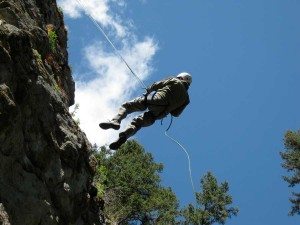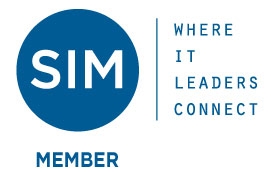 I responded to a Linkedin research request on the title subject it struck a chord with me. The researcher posted in Talent Management Research and Best Practices Network saying “I have recently started a research project which is reviewing the concept of ‘trust’ in talent identification, selection and succession planning. It would be great to hear your views on the subject.”
I responded to a Linkedin research request on the title subject it struck a chord with me. The researcher posted in Talent Management Research and Best Practices Network saying “I have recently started a research project which is reviewing the concept of ‘trust’ in talent identification, selection and succession planning. It would be great to hear your views on the subject.”
In my 25 years of professional recruiting the level of trust, not unlike intimate personal relationships, correlates highly with a perceived level of vulnerability. The previous responders here may have used the word ‘risk’. The more one feels there is open, honest communication, without fear of being judged, then defensive instincts are relaxed.
In a competitive business environment however, ripe with evaluating change which affects personal advantage, it becomes difficult maintain perspectives only for the good of the enterprise. Personal relationships don’t flourish when participants ‘keep score’. That same behavior in talent selection contributes to ineffective weighting of screening variables. All may agree they wish to hire source for an elephant, but depending on the touch points to the interviewer, the same candidate could be seen as a tail, a trunk, a large round leg, or a big convex grey wall. Votes on criterion become skewed to favor influencing each individual.
How does this connect to trust? Unless the organizational culture rewards risk as a catalyst for innovation, the participants will lower their own risk by choosing what benefits them the most. The agenda must come from the top while discouraging any second agenda’s. Though not perfect, military organizations seem to execute this better as training teaches that not following ‘uniform’ orders can result in human casualties.
If one knows that all input is desired, that diverse perspectives are valued and encouraged, then the final decisions tend to be trusted. This leadership is not entirely a democracy, buy maybe a benevolent autocracy. The buck needs to stop somewhere.
To use another analogy, I’ve played pick-up basketball for some 35 years with a similar group of men. We implicitly know when we try to pick the most even sides, we all benefit from more competitive play. Everyone wins. We trust that selection process.
Do you trust your ‘chain’ of command to reward your innovation risk?













Comments are closed.